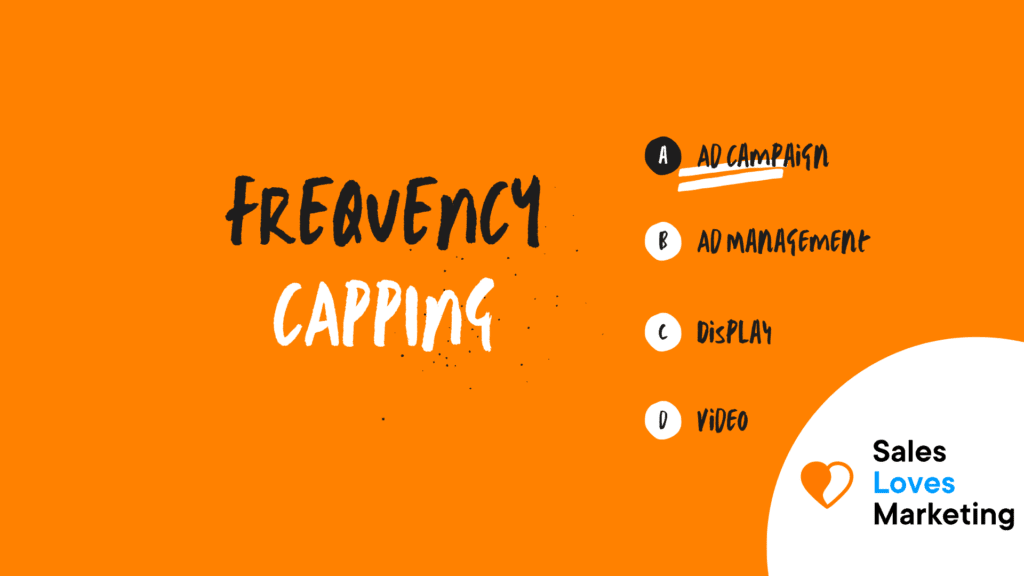What is Frequency Capping?
Frequency Capping is a digital marketing term that means limiting or regulating the number of times an ad is shown to the same person in a certain period of time.
This practice of Frequency Capping allows users to use the budget of advertising campaigns more effectively while preventing people from losing interest when viewing the same ad repeatedly.
Today this method is also used in the digital television environment.
What is the importance of Frequency Capping?
Among the benefits of using Frequency Capping in advertisements are:
- Na malaEnsures that the target audience does not get bored from the advertising by viewing the same ads repeatedly.
- It gives marketers the ability to plan the placement and quantity of ads in a campaign in an optimal way because it helps to know what are the costs of CPM (Cost per thousand or Cost per mille).
- It can save significant money by limiting the frequency with which a visitor sees an ad and increase the campaign’s ROI (Return on Investment).
What is Frequency Capping in Google Ads?
When we talk about the term Frequency Capping in Google Ads, we see that it is defined as the one that limits the number of times a person can see a graphic or video ad.
In each case, Display Campaigns or Google Ads Video Campaigns, this feature has different characteristics:
Display Campaigns:
- In this type of campaign, you can control the amount of impressions that the same person will have in the time span of a day, a week, or a month.
- You can manage the number of impressions of an ad, a series of ads, or a campaign.
- Uses third-party cookies by default but, if they are not set, it uses first-party cookies.
Video Campaigns:
- When doing Frequency Capping in a video campaign, you can place a limit of views or impressions that the same person will have in a time span of a day, a week, a month, or a mix of these, in this case, Google only allows to configure at the campaign level.
- When campaign videos are used in other video campaigns, all views and impressions generated by the same user will be counted for Frequency Capping. This is valid only for in-stream and bumper ads.
It is important to note that this feature does not include ads in the search network.
Frequency Capping Best Practices.
When creating online advertising campaigns, it is generally recommended to do Frequency Capping.
When applying this method, a question that every marketer asks is, “What is a good Frequency Cap?”
Well, here is the answer, there is no optimal frequency to avoid tiring the user with the visualization of the ads; this will depend on the type of campaign, which is the inventory you have, and what is the intended objective.
As each advertiser is different, it is advisable to test each advertising campaign with measurement tools that help to know what is the impact on the KPIs (business metrics) and develop a method to establish an optimal frequency.
However, a best practice is the following:
- In the beginning, you can define a limit of 5 to 7 impressions per day.
- This initial limit can be gradually increased as you measure KPI performance (often CTR).
- If you decide to base your campaign on CPM (Cost Per Thousand), revenue can be earned on the Ad Networks whether people click on it or not, and ads can be shown all the time.
- If a campaign is based on CPC (Cost Per Click), you can request a Frequency Capping of 1 time per day for the same person. But in general, Ad Networks such as Facebook, AdMob, Media.net, among others, set their own limit.
